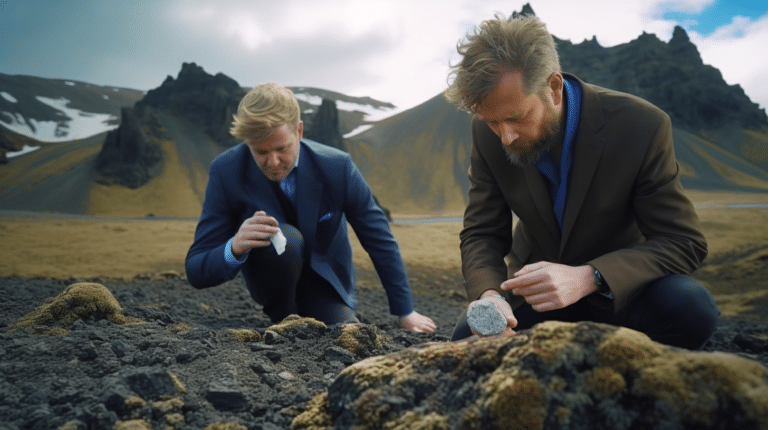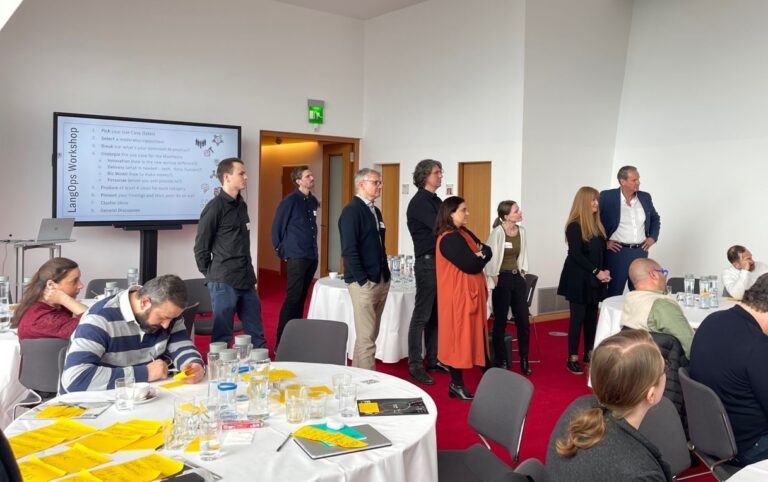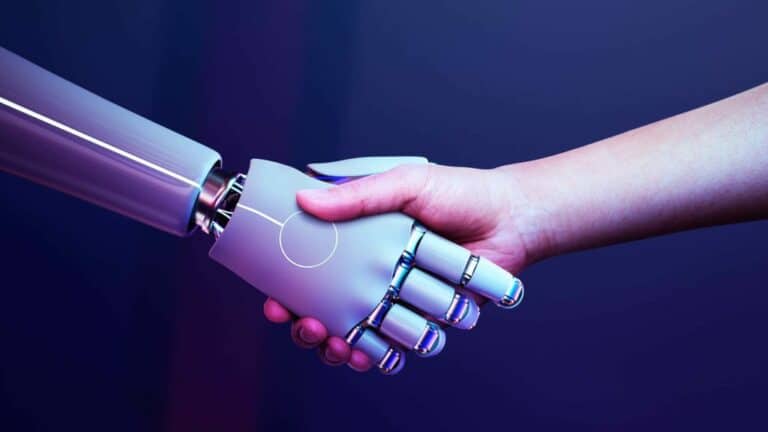
Content Recycling not only streamlines translation workflows but also paves the way for advanced AI applications.
read moreContent Recycling Sunsets Translation Memory

Language Factories deliver for translation what the IoT does for manufacturing: constant optimization and innovation by harvesting process data.
read moreHarvest Your Process Data!
Why multilingual knowledge should lie at the heart of your language operations strategy.
read moreWinning with Language Operations

AI project manager find data treasures for training LLMs in their company's localization department
read moreDiscovering Data Treasures for Your LLM

Symphony between machines and humans while leveraging process data for continuous efficiency gains.
read moreCharting the Journey of AI-Powered Language Factories

Berlin Meetup of industry leaders who embrace change
read moreBerlin Calling LangOps Pioneers

Chatbot development is no easy process, so what questions should you ask yourself before you start?
read moreSo, You Think You Want A Chatbot?






